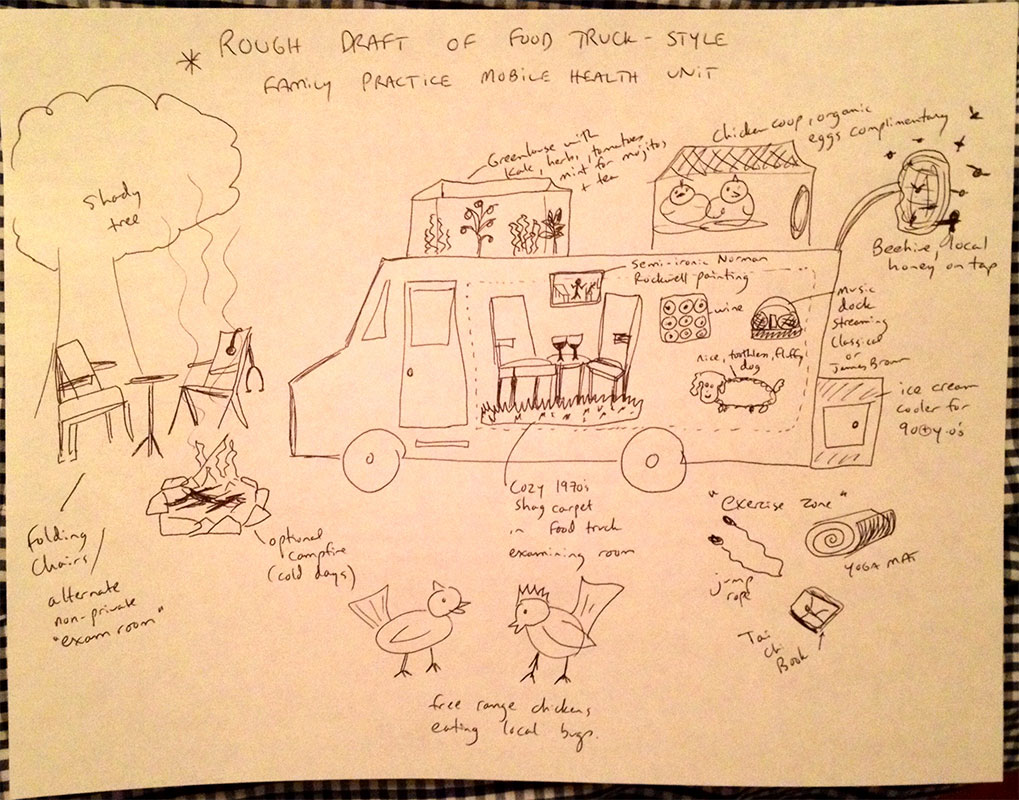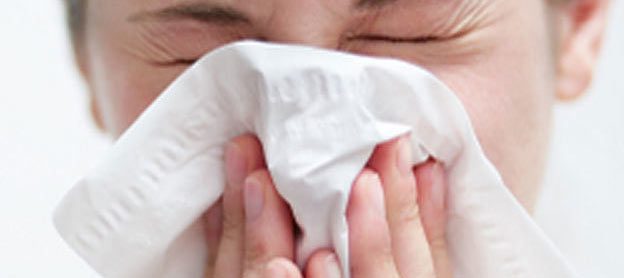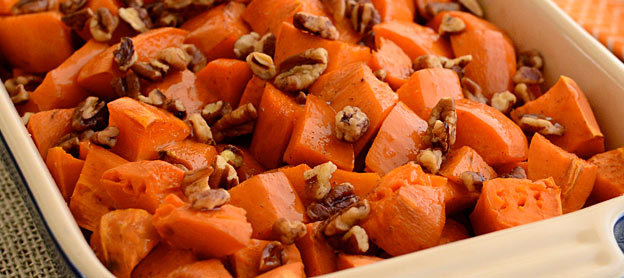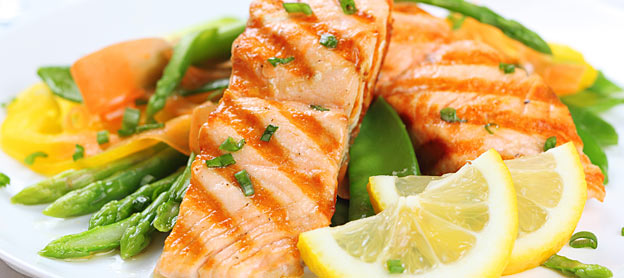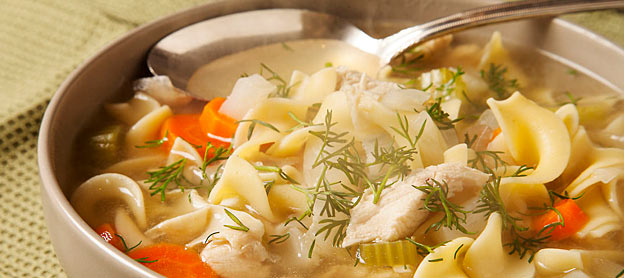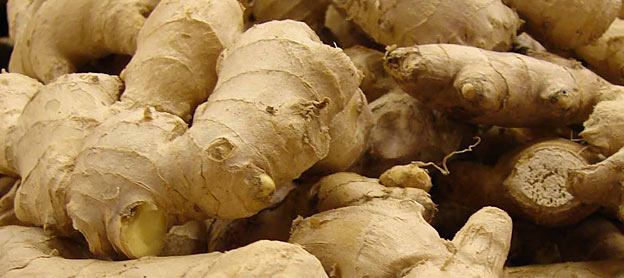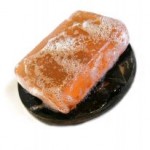 I had an interesting conversation with a psychologist friend of mine who specializes in treating sexual addictions. She did not tell me anything interesting in terms of specific cases, practices, or titillating bedroom details, but rather piqued my awareness of the brave new world of dating and casual sex as facilitated by apps like Tinder.
I had an interesting conversation with a psychologist friend of mine who specializes in treating sexual addictions. She did not tell me anything interesting in terms of specific cases, practices, or titillating bedroom details, but rather piqued my awareness of the brave new world of dating and casual sex as facilitated by apps like Tinder.
I felt old and naïve as I learned that with a few swipes of the hand on an iPhone, people seeking a casual sexual partner in real time are able to search through profiles of other people, learn perhaps that this person is currently 100 yards away, trade photos for evaluation, and then basically get in on. For someone with a sexual addiction, this immediate gratification is as volatile and irresistible as one might witness placing a kid in front of a basket of Halloween candy. Which brought us to the corrupting notion of refinement in all things.
Take for example the refinement of carbohydrates and sugar in food. There is perhaps no more logical explanation for obesity and its attendant health problems than the free reign of sugar and starch as commodities, separated and refined from their original source.
Every day I hear the self-defeating arguments from people unable to lose weight as they cannot break a seeming addiction to starchy snacks, chips, bread, juices, soda, ice cream, and the like. The middle aisles of the grocery store, full of processed and refined inputs that have been reassembled into something complex enough to be called food, are really just barren wastelands of destroyed nutritional principles, forgotten cuisines, and corporate brand addiction. Freedom may be found in the simple, unwrapped harvest of the Earth.
Alcohol has also been refined to the point of absurdity. For thousands of years humans found health and pleasure in complex beers, ciders, wines, and other products of fermentation – a process which in some ways unlocked additional nutritional values. But over the past several hundred years the process of distilling has refined alcoholic drinks from the complex brews of the past into the simple, potent, hyper-concentrated alcohols and liquors that are often the source of addiction, accidents, and medical problems.
I personally appreciate gin and a good mixed drink, and I have a hard time preaching about the evils of alcohol, because in moderation even distilled spirits can be enjoyable and “healthy.” But for those with a predisposition to alcoholism, the concept of refinement applied in this realm has been lethal.
Which brings everything back to the conversation I had with my psychologist friend about sex, and the refinement of this realm that seems to be going on now. I am actually quite ignorant about what is actually happening out there, but as I learned more about specific websites, it seems that all the complex gratification of a relationship, or the challenging pursuit of another attractive individual – physically, emotionally, spiritually – is being reduced to a smartphone app that sorts available penises and vaginas.
This is of course just the latest development in a continuum that stretches from Playboy, through explicit internet content, and on past all the various distillations of a basic instinct for pleasure that can be satisfied in increasingly refined, uncomplicated ways. Especially for those with an addiction, this impersonal and freely available world in all its iterations is actually imprisoning.
I think that one way to achieve physical health, emotional wellness, and sexual satisfaction would be to paradoxically and intentionally seek the laborious, unrefined world.
Spend more money and time buying real foods, and cooking them, socially, in our own home kitchens, according to the traditions of a cuisine.
If you drink, seek out thoughtful, complex brews, wines and a few spirits, and revel in the magic of the process that brought this relaxing complexity to your lips, instead of enduring vehicle after vehicle of simple ethyl alcohol poisoning.
And beware of the reductionism and refinement of sex that occurs all around us, from the catalogs that arrive at our doors, to the shows on television, to the apps that would transform and enable our most primal urges. Otherwise we will continue to spoil of one of life’s greatest and most exhilaratingly complex pleasures – the physical expression of earned love.
Refinement is dehumanization.
Fight the Powder.

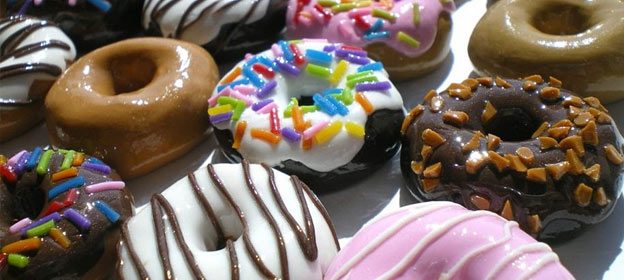
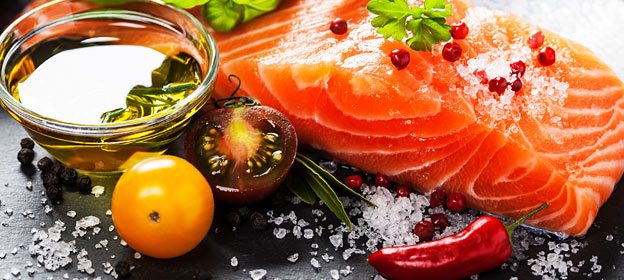
 Which is a healthier way of eating – low fat or low carb? Several recent studies have been published addressing this question, and the answer seems to be that lower carbohydrate diets, with moderate amounts of fat (yes, even some saturated fat), produce healthier cholesterol levels, reduced markers of inflammation, improved cognitive function, and greater weight loss.
Which is a healthier way of eating – low fat or low carb? Several recent studies have been published addressing this question, and the answer seems to be that lower carbohydrate diets, with moderate amounts of fat (yes, even some saturated fat), produce healthier cholesterol levels, reduced markers of inflammation, improved cognitive function, and greater weight loss.